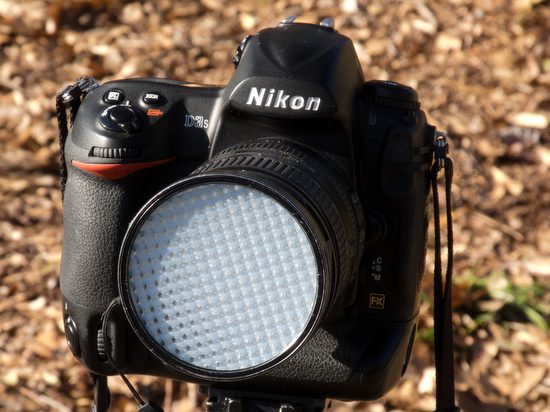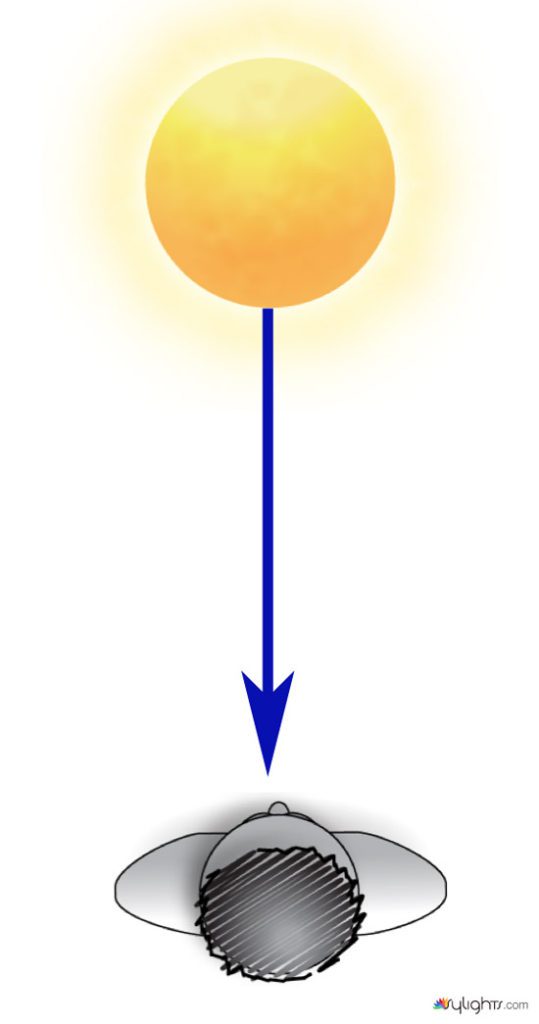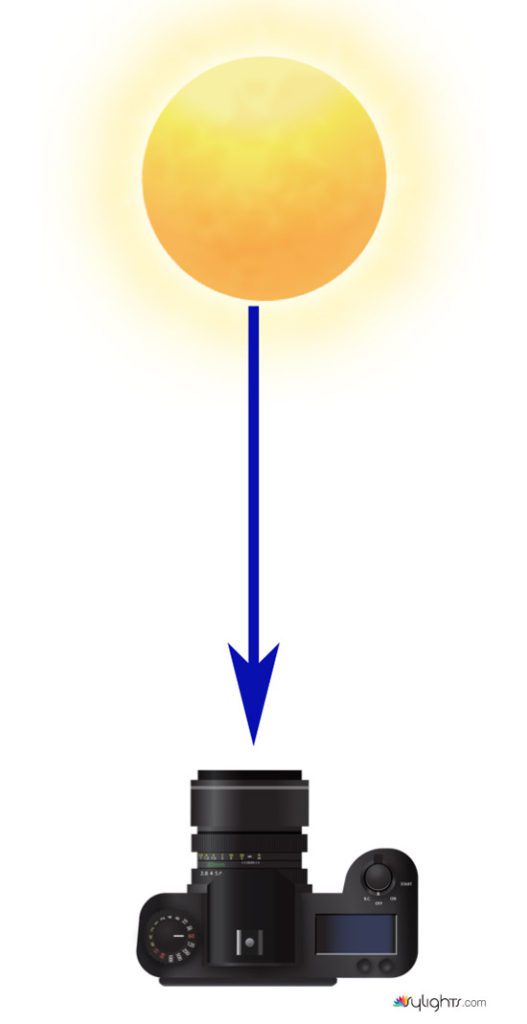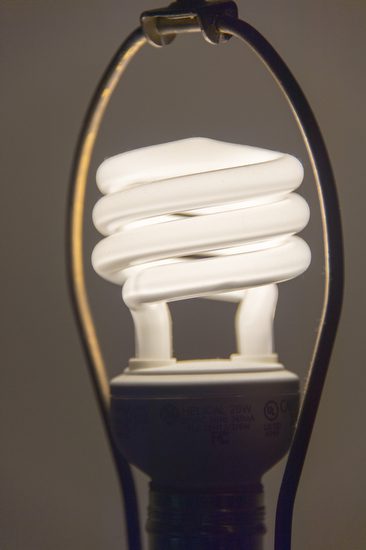Shooting under fluorescent lights can give unpredictable results if you do not slow down.
Fluorescent lamps using a magnetic mains frequency ballast do not give out a steady light; instead, they flicker at twice the supply frequency. This results in fluctuations in light output and color temperature, which may pose problems for photography and people who are sensitive to the flicker.
When the fluorescent light is at the end of its life, it can flicker more, and for those with photosensitive epilepsy, it can trigger a seizure.
Today, there are a range of types of fluorescent lights. You may have gone into a Home Depot or Lowe’s and noticed displays showing you different color temperatures of fluorescent lamps.
Color Temperature
Typical incandescent lighting is 2700 K, which is yellowish-white. Halogen lighting is 3000 K.
Fluorescent lamps are manufactured to a chosen color by altering the mixture of phosphors inside the tube. Warm-white fluorescents have a color spectrum of 2700 K and are famous for residential lighting. Neutral-white fluorescents have a color spectrum of 3000 K or 3500 K. Cool-white fluorescents have a color spectrum of 4100 K and are renowned for office lighting. Daylight fluorescents have a color spectrum of 5000 K to 6500 K, bluish-white.
On my Nikon D4, in the menu for White Balance, you can choose up to seven different presets for fluorescent. I have found a significant problem trying this method; it isn’t easy to pick the right color because the monitor on the back of the camera isn’t that easy to see color in all situations.
Flicker problem
Incandescent lights burn constantly, so your color temperature is consistent, regardless of your shutter speed. However, since fluorescent tubes act as light a flash and flickering, you will get an effect different than with flash where above your sync speed part of the frame is dark.
Look at these two different photos and see the color difference.
Everything is set the same (Nikon D4, ISO 12,800, f/5.6, 1/500) in each photo, but you can see the color difference is due to the flickering of the fluorescent.
Now, besides a color shift on the whole picture, you may end up with a band across the photo. I find this more annoying since it isn’t as easy to fix in post-production. Has this happened a few times, and you are screaming at that computer and camera?
Slow Down
You can get consistent color under fluorescent if you shoot at 1/100 or slower shutter speed.
Anytime you are under Fluorescent, Sodium-Vapor, or High Temp Mercury-Vapor, be sure to shoot slower than 1/100. You may need to shoot at 1/60 with some older model lights.
Why Strobes Are Used
Sometimes, shooting at 1/100th of a second isn’t going to cut it. A great example of this is shooting sports inside under those Sodium-Vapor lights in most arenas. This is why many pro photographers are using strobes for shooting sports. They need a consistent color without streaks or bands of color shift in the photograph.
If not for this flickering problem with these lights, it would be much more practical not to use strobes with today’s high ISO cameras.
Custom White Balance
The best solution I have found shooting under these lights that flicker like fluorescent is to do a custom white balance.
My favorite way to get a custom white balance is using my ExpoDisc.

ExposDisc goes in front of the lens, and then you use it to get an incident reading rather than a reflective reading of the light.


If the subject is facing me and the light is from the side, I face the camera with the ExpoDisc on it so it is pointing toward the camera position. The chart above is to help you understand the concept, but you can modify it.
Now, do a custom white balance if you are shooting in an arena with Sodium-Vapor lights. However, do the custom setting at a shutter speed lower than 1/100. You can then raise your shutter speed to higher than that for shooting, but this will give you more consistent color over your images. Even doing this will cause problems with about 5 – 10% of the photos.
Now you know to slow down your shutter speed when shooting under this light source.




